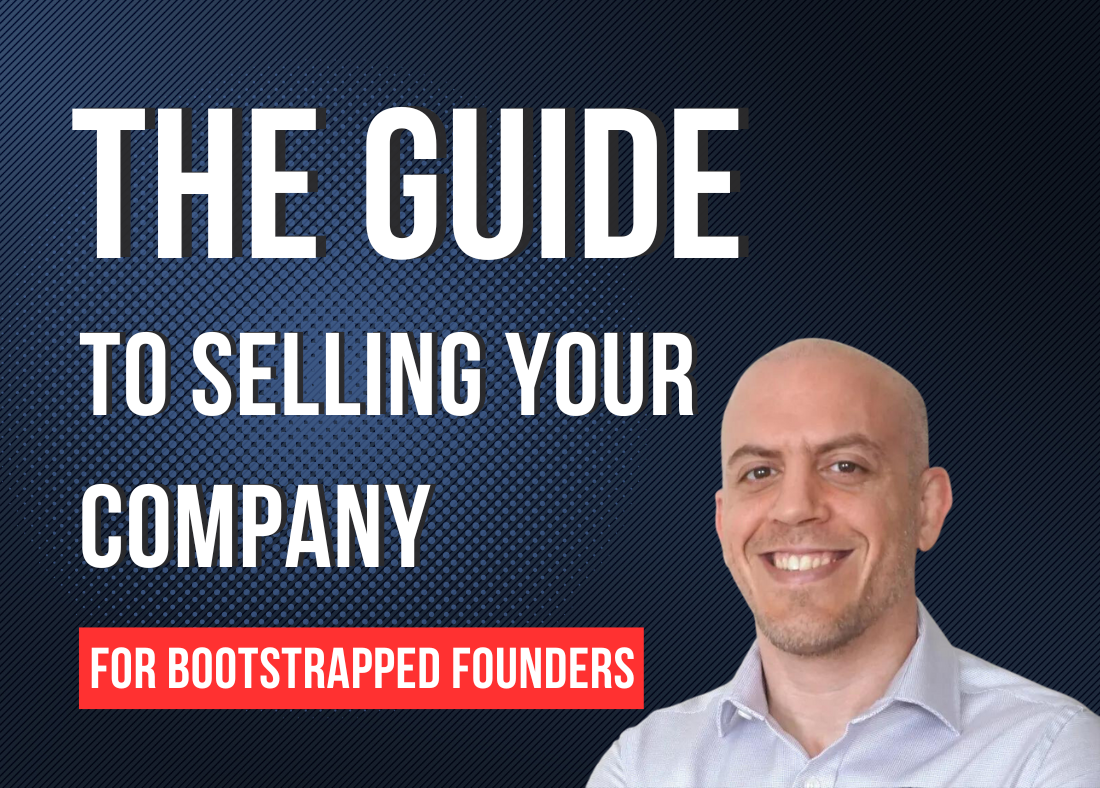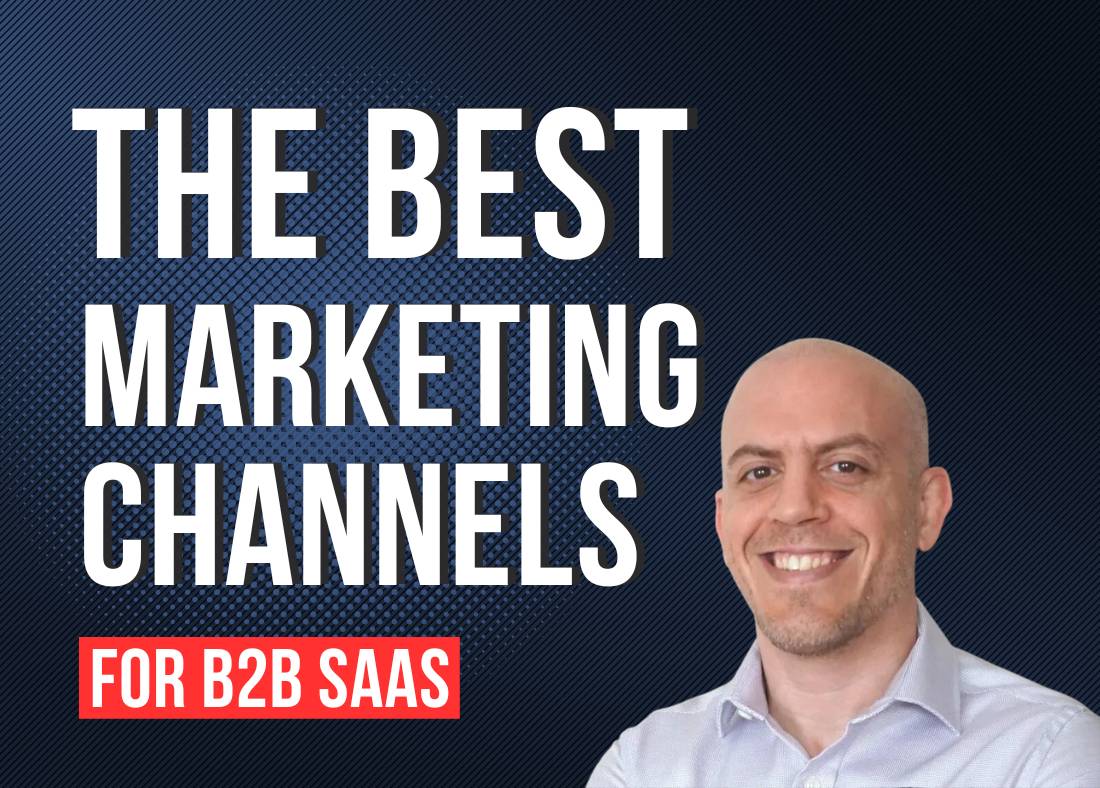Note: This now has a follow up post about how we successfully raised our seed round.
There’s a well known mantra in the startup world that I used to believe in – “Launch early”. The concept is to launch a minimal product (MVP in lean startup terms), get real world feedback and iterate quickly.
Feedback and iterations are great and will improve your product to no ends. However, this is bad advice if you intend to raise outside funding (VC in particular). Let me explain by relating to my personal experience:
Me and my co-founder Adam launched Binpress in the beginning of 2011. We are experienced product guys, so we had no problems launching a polished product without funding. Building web products is what we’ve been doing for a long time. Our thinking was that building and launching a product, getting some users and some revenue will put us in a better position when we would like to raise capital.
(For a quick summary, you can skip to the TL;DR at the end)
VCs (and most angels) don’t want lifestyle businesses
When we started a funding round about a year ago, we quickly hit a wall. We had users and sales figures, but they weren’t amazing. While we had strong conversion numbers, this was not Twitter or Instagram growth graphs. Every investor who showed interest asked the same thing – “How big is the market?” “Can this be a {insert figure here in billions} $ business?”
Getting a good estimate on the size of our market is difficult. We want to say that our target audience is the entire software industry – but getting a real estimate of how much you can capture is hard. We estimated the size of the market at around $15 billion, based on metrics we found online and a guestimate of how much of it is addressable.
However, with our current traction and sales that’s a tough figure to justify. We basically needed an investor to make a serious leap of faith that we can be a huge business and not just a nice revenue stream – ie, a lifestyle business.
There’s nothing like numbers to screw up a good story – Josh Kopelman
(Quote via Chris Dixon – 10 million is the new 1 million)
At the same time, we saw a close friend raise money very quickly with just an idea and a couple of mock-ups. When we compared notes, something became immediately clear – it’s much easier to present a dream of a huge company / exit before you have real world numbers you need to show an investor. If you can talk the talk and paint an ideal scenario that makes sense, you will be in a much better position than a startup with middling traction figures.
At this point, having launched early without funding turned out to be a funding killer. In order to get VC attention, we would basically need to reach the point where we no longer need their money. Since we’re a business oriented startup (as opposed to a social startup and other flavors), big traction for us would indicate big revenues (supposing we maintain our good conversion rates), and at that point raising funds would become a completely different game. (I called this the funding paradox in a previous post)
If you’ve wondered how you keep seeing startups being funded without a product or without users – this is why. If you’ve wondered why so many startups start in “stealth” mode, this is why. As long as you are not public, you don’t need to justify any growth or traction rates as everybody knows you haven’t launched yet. It’s much easier to sell a “sexy” idea or a cool product to investors, and it’s much harder to get traction.
It’s easier to get traction with funding
Funding is not a cure-all, but it sure can help with traction for multiple reasons:
- Funding will almost surely get you coverage on the major tech sites. For many startups, their main audience is the readers of those tech sites, which is great for an early user base and initial traction. Funded startups are more likely to receive additional coverage as they reach important milestones (launch, strategic partners, etc.), especially if a prolific investor is in the picture. We did get some coverage eventually, but it took way more time than it would’ve had we’ve been funded.
- Funding allows you to hire a marketing team – and believe me when I say that marketing is a team effort. Being product guys at the core, marketing was not our strong suite when we launched a year and a half ago. We are getting better, but there is so much to do and a team (and an experienced head of marketing) would’ve been a huge help.
- Funding allows you to pour resources into customer acquisitions channels that are not accessible when you bootstrap. We made some experiments with paid marketing channels, but we don’t have the capital to really make a strong effort in that space. We are getting some ROI positive results now, but if we had funding we could move much faster in those areas.
- Funding also allows you to hire other team members that would fill positions we sorely need – community managers, developer evangelists, business development – just to name a few. The more talented people with a defined role in your startup, the more focused you can become and work faster towards your goals.
The paradox – funding would’ve solved many problems that now stand between us and getting funded (theoretically at least).
The type of your startup is a big factor
So traction is harder to come by without funding, and investors want to see traction for a launched product. At this point you would probably say “but startup X got huge traction before they got funded and then everybody wanted to invest.”
It might be obvious but needs stating – not all startups are made equal when it comes to organic growth. Some products have the sharing / social element ingrained and some don’t. If you’re building a photo-sharing app, and the main feature of it is sharing with other people – well, that’s a bit different than a service that helps you do your taxes. For business tax services, you may want to navigate to these guys to know more on how Quickbooks can help your business grow.
While social and sharing elements can be a part of almost any startup’s marketing plan, some can rely on it much more than others and become the holy grail buzzword – viral.
Most startups are not viral material, and have to work hard to get traction. Startups that get traction without funding are either the right type of product for it, or have an exceptional combination of circumstances and marketing savvy. Unfortunately for us, we qualified on neither.
We put funding on indefinite hold and just focused on the product
This is what we would’ve liked to do from the beginning, but the allure of funding and the benefits that come from it made us try anyway.
Now as we finally approach profitability, we can actually say formally that we don’t need funding to keep going. Funding would’ve allowed us to move much faster, and there’s always the fear of being overtaken by a competitor, but so far we’ve been beating (funded) competitors and we seem to be on the right path.
We preserved through persistence and belief in our product, and we can finally breath a sigh of relief. There were many times that we didn’t know if we can afford to pay ourselves minimal living expenses, not to mention hiring additional team members – but we’re rapidly approaching the point were #1 is a non issue and #2 is more than a pipe dream.
We no longer proactively reach out to investors. If someone falls in love with the concept and the product and wants to talk, that’s great, but we no longer need it to keep going.
Some advice for people just starting up
Just a quick recap –
- If you have an idea for a product and can talk a good game, build some mockups or a basic prototype and try to raise with that.
- If you have a prolific team or are a prolific entrepreneur – ex Google, ex Facebook, big exit, etc., just raise on reputation (it works)
- If you already have an actual product but haven’t launched, try to raise before launching as there’s no going back.
- If you have a startup with intrinsic viral qualities and you believe you have strong marketing skills or good connections, go ahead and launch and shoot for that elusive traction.
- If you have an “unsexy” startup or a tough audience (try selling code to software developers, for example…), try and go through 1 – 3 before launching. Unless you love a good challenge.
Now that we see the light at the end of the tunnel, it’s easy to look back and say it was a good learning experience (and it was), but keeping in mind that time is fleeting, I sure wish I knew there is more to the mantra “Launch early” than meets the eye (or popular startup wisdom).



